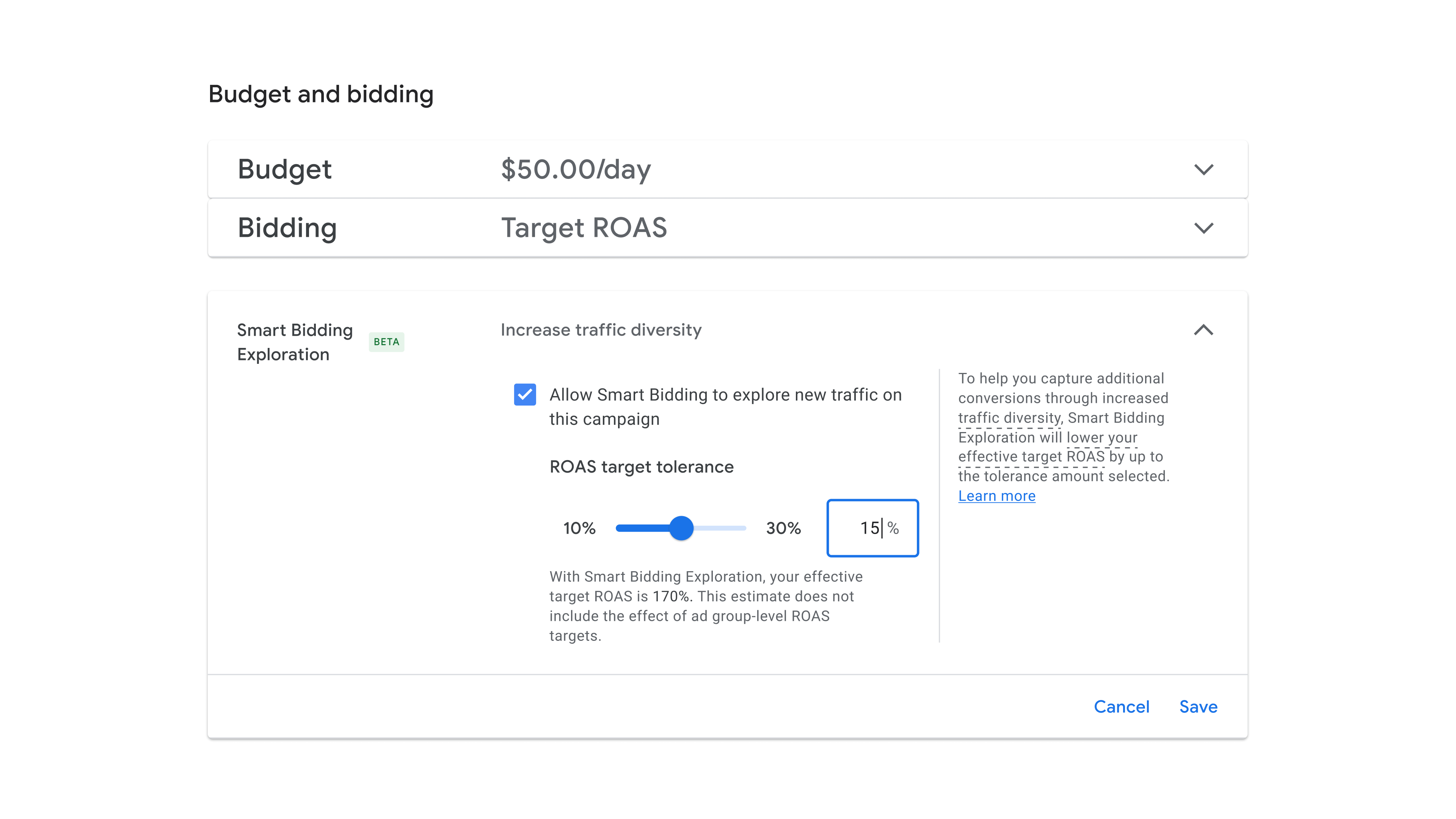Understanding The Unique Challenges Of Multilingual And Multinational Websites via @sejournal, @motokohunt
Navigate the complexities of multinational SEO with insights on challenges and impactful solutions in this article. The post Understanding The Unique Challenges Of Multilingual And Multinational Websites appeared first on Search Engine Journal.

Managing SEO-related work for a site is about much more than optimizing the content or fixing broken links on the site.
When it comes to managing SEO for multilingual and multinational sites, the amount of work not only increases due to the number of websites but also expands in order to coordinate effective activities and accomplish the many tasks and optimization efforts associated with multiple sites.
Whether you manage it as a team of one or with multiple teams, in-house, or with an external agency, each scenario has its own unique challenges.
In this era of fast-paced algorithm changes and ever-tougher competition, having a well-oiled and highly collaborative management structure is essential for SEO success.
In this article, I will focus on the elements of SEO that are unique to multilingual and multinational websites, and share some recommended and effective SEO management methods to maximize your overall performance.
As with anything prefixed with “multi,” there will be a lot of moving parts that may not always align.
In a follow-up article, I will go into more detail on implementing an effective SEO management structure through incremental change that will help facilitate adoption and overall program success.
SEO Elements Unique To Multilingual And Multinational Sites
While fundamentally, multilingual and multinational SEO is the same as SEO for a single language and market website, some additional challenges and complexities come into play – and they only increase as the number of sites and languages increases.
The following are some of those specific challenges that are unique to multinational SEO.
Duplicate Content
Duplicate content is a significant problem for multinational websites. There are a few types of duplicate content challenges.
There are obvious duplications for product pages in the same language markets like English, Spanish, and Arabic markets.
These are purposeful duplicates, which may have unique attributes like price, size, and contact information that may make them different enough from each other.
The more complicated duplicates happen when CMS systems automatically clone pages for each market.
For example, if a new page is created in the US, the CMS will automatically add one in English for every other market, even if the product is not available or the team does not have the resources to do the localization.
Unfortunately, teams are often unaware of this “feature” until they start seeing these pages listed in Google error reports or outranking the desired local page.
The Different National Site Appears In The Search Results
Search engines need to present the best result, and they may select a page from a different market to present to searchers.
A common problem in Australia is for US or UK webpages to rank higher in the search engine results pages (SERPs) than the local version of the page, especially for brand or product names.
To help solve this problem, Hreflang elements were introduced for site owners to designate the language and market for each website.
Unfortunately, implementing Hreflang can be an even greater challenge, as it requires collaboration across all markets, even those benefitting from cannibalized traffic.
Different SEO Processes, Skills, And Focus Areas
Markets and regions may have different priorities, approaches, and skill sets that may conflict with each other when there is no centralized governance of the website and SEO.
This can also be a challenge with multiple agencies responsible for specific markets.
Skills and focus may vary, with some focused on technical SEO while others focused on content creation or link building.
What Makes It Difficult To Manage?
As noted previously, the introduction of “multi” is a clue as to the challenges.
In addition to multiple languages and markets, there are often multiple management teams, development teams, SEO teams, and even agency teams – and they are often not aligned. Each focuses on its own market priorities and SEO processes.
Centralized Vs. Decentralized Management
The biggest challenge to overcome is when companies allow decentralized management of their websites.
When an organization is decentralized, this often means a true global SEO program will not be possible.
As the local team makes all of the decisions related to priorities and the content that goes on their websites, HQ may have little say regarding content and getting SEO initiatives prioritized.
Multiple Contact Points And Teams
With decentralization and market-based teams, you may be required to work with multiple points of contact.
At a recent conference with the Global Head of SEO for a large consumer products company, he indicated that nearly every decision had to be accepted by 70 stakeholders, making truly global changes and processes nearly impossible.
Another similar-sized company indicated it took nearly three years to get the buy-in, GSC access, and agreement on the method to implement Hreflang.
Communication Barriers (Languages/Time Zone)
In global SEO, there is always someone sacrificing sleep and free time to attend meetings due to time zone differences.
This is inevitable, but you can make friends if you can rotate the early-morning or late-night meetings to allow everyone to enjoy a beneficial time zone occasionally.
You should always record the meetings and share the video and action items so everyone can have access to the information.
This is also great for those without strong English skills as they can rewatch sections they don’t understand or, in some cases, translate the transcripts of the meeting.
Different SEO Skills And Knowledge
It is very common that the different team members have varying levels of SEO expertise.
Some may be well-versed in SEO best practices, while others may have limited knowledge or exposure, as SEO may be one of many roles they are required to perform.
Ensuring consistent quality across all SEO activities, especially the fundamentals, becomes challenging.
This is the perfect reason to recommend the use of standard best practice guides as a reference for everyone.
These guides not only explain how to undertake specific tasks but also why it is important and specific requirements for your organization.
These guides help standardize key tasks and reporting and can be an excellent way to help educate local development teams and agencies on your organization’s processes and practices.
Different Budget Allocations
Budget allocations can create challenges across markets, with limited funds for tools and resources forcing markets to get creative.
In many second and third-tier markets, there is often little or no budget for search activities.
Different SEO Structures (In-house vs. Agency)
It is likely that the organization will have multiple independent in-house SEO teams or multiple agencies managing SEO projects in specific markets with processes that may conflict with other markets.
These decentralized teams often have little or no collaboration between them and, in many cases, conflicting processes and priorities.
Local Only Content And Market Specific Website
Larger companies, especially those grown through acquisition, often have multiple content management systems (CMS) or even a single system with unique templates for each market that reduce the number of “fix it once” opportunities for the SEO team.
This also requires different development teams and different methods to implement SEO and prevents any real level of standardization.
You may have cases of “local only” content where there is a blog, product set, or other content that is unique to a local market that may siphon resources to optimize and manage at the cost of core content.
Websites may deploy language or location detection functionality to present the user with the website for their market or the language they prefer based on their browser settings.
While this can enable a good user experience, it can create several challenges for SEO.
Firstly, the logic and rigor of the implementation and how users are routed. I have seen many problems where users are taken to markets that don’t make sense. For example, users from Botswana were taken to the UK website rather than South Africa, or users in Malaysia were routed to Australia rather than to the Singapore website.
Additionally, teams must understand how the functionally handles search engine crawlers that crawl from specific markets.
How does the system handle a request from Google’s crawler from California when it requests your various market websites?
What happens if they don’t set a language preference? Does it default to English? It is critical that the logic for this functionally be reviewed for the correct handling of visitors.
Conclusion
While the “multi” in multinational SEO does bring unique challenges for the search marketers, the more aware they are of these challenges and their impact on local, regional, and global search performance, the easier they will be able to mitigate and minimize them.
Unfortunately, there is no one-size-fits-all approach to multinational SEO. Still, no matter the number of problems, your program can become more manageable with effective communication and collaboration between the stakeholders.
In my next article, I will review those methods to foster collaboration and how to use a stepped approach to developing an effective global SEO management structure.
More resources:
Global vs. Local Websites: Which Is Right For You? The Latest Search Engine Trends In Asia 2023 Advanced Technical SEO: A Complete GuideFeatured Image: Rawpixel.com/Shutterstock

 Troov
Troov 































